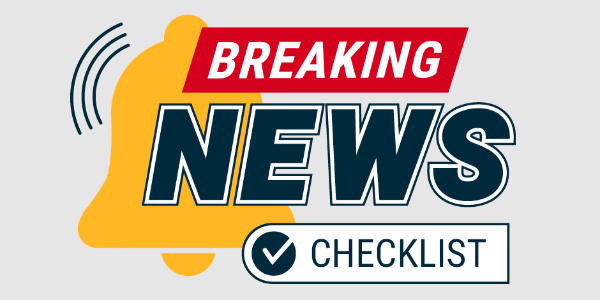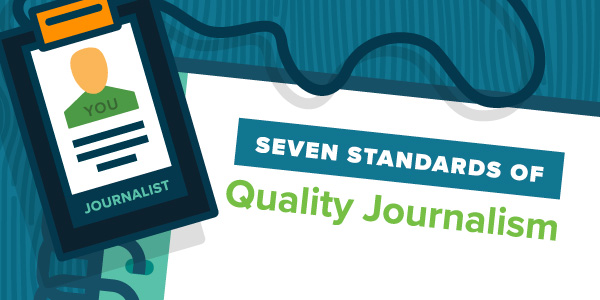PRESENTED BY
Underscoring the vital role of news literacy in a democracy
Presented by the News Literacy Project and The E.W. Scripps Company, this annual initiative provides people of all ages with the knowledge and tools to become better informed and more civically engaged.
National News Literacy Week 2024 (Jan. 22-26) turned a spotlight on local news and its role in a healthy democracy.
The week included free events for educators and the public, in person and virtual as well as other news literacy resources.
Next year's National News Literacy Week will be held Feb. 3-7, 2025.
ABOUT
Join us next year
National News Literacy Week 2025 will be held Feb. 3-7, 2025.
Who hosts it?
News Literacy Project — a nonpartisan education nonprofit building a national movement to create a more news-literate America. NLP is the nation’s leading provider of news literacy education.
The E.W. Scripps Company — one of the nation’s largest local TV broadcasters, serving communities with quality, objective local journalism.
Take action now
Don’t wait to get involved. Join our movement today!
For Everyone
RumorGuard™ teaches people how to identify credible information, debunk viral rumors and help stop the spread of misinformation.
JOIN RUMORGUARDFor Educators
NewsLitNation® is a national membership community that brings together educators to collaborate and share best practices and provides exclusive access to events and classroom resources.
JOIN NEWSLITNATIONEVENTS
Spotlight on local news
During our fifth annual News Literacy Week, we explored the crisis in local news coverage and efforts to keep it alive. Local news is the backbone of how we stay informed about issues and events that directly impact us, and it’s the glue that makes a town or city a real community. But in the last 20 years, more than 2,000 local newspapers have closed, leaving far too many people poorly informed. During the week we showcased industry professionals, journalism students, educators and others tackling this crisis with workable solutions.
WATCH EVENT RECORDINGS
Click an event name for links to a recording and full event details.
Monday, Jan. 22
Extra, extra: How to solve the local news crisis
For Everyone
Tuesday, Jan. 23
Behind the scenes with the Washington Post TikTok team
For Educators and Students
Wednesday, Jan. 24
How student journalists are helping to fill the gap in local news
For Everyone
Thursday, Jan. 25
How to find local news you can trust
For Everyone
Friday, Jan. 26
NewsLitCamp®: The importance of local news
For Educators and Students
THE HOSTS
The News Literacy Project is a nonpartisan education nonprofit building a national movement to create a more news-literate America. NLP is the nation’s leading provider of news literacy education.
E.W. Scripps Company is one of the nation’s largest local TV broadcasters, serving communities with quality, objective local journalism.
NLP IN THE NEWS
News Literacy Project staff and partners shared their expertise with media outlets around the nation. Some highlights:
United Press International
“In a functioning democracy, high-quality local journalism is essential to ensuring that community leaders are working in the public’s best interest,” NLP President and CEO Charles Salter wrote, “Local news unites communities, serving as the proverbial ‘water cooler’…”
VIEWThe Chicago Tribune
“We will never stop the supply of bad information. There will always be new sources that create and spread it and algorithms that promote it,” wrote David Hiller, a member of NLP’s National Journalism Advisory Council. “Instead, we must fix the demand side and ensure that everyone has the skills they need to separate fact from fiction and seek out quality news.”
VIEWGoverning
The increasing adoption of news literacy education is an acknowledgment that students need help understanding our chaotic media environment so they can become well-informed citizens with the skills to participate effectively and knowledgeably in our democracy at every level of government,” said Shaelynn Farnsworth, senior director of education partnership strategy at NLP.
VIEWThe Fulcrum
“It’s easy to get angry when we’re confronted with misinformation — that’s what it’s designed to do,” said Susan Minichiello, senior manager of education design at NLP. “But learning how to sort fact from fiction online while also practicing empathy will go a long way in fixing the misinformation crisis.”
VIEWScripps News Reports
This year, news literacy is focusing on responsible sharing, something that’s become so important given how much Americans rely on social media for their news and information,” said Adam Symson, CEO of the E.W. Scripps Company. “So, we really want to focus on arming people with the tools they need.”
LISTENNEWS LITERACY RESOURCES
Start exploring news literacy resources today, courtesy of The News Literacy Project.
SCRIPPS FIELD REPORTS
Stories about news literacy and National News Literacy Week brought to you by Scripps local stations.

The war on misinformation in modern wartime
During modern warfare, there are two battles: the fight from the front lines and the fight on misinformation online.
WATCH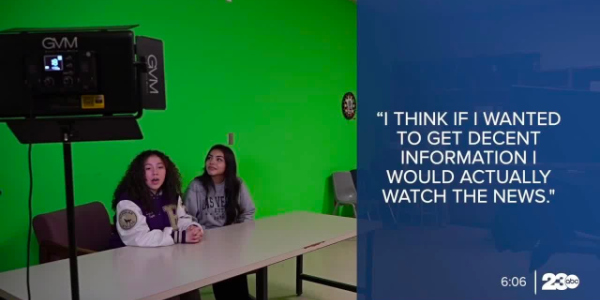
Student journalists committed to getting it right
The teens who produce the news broadcasts for their n Bakersfield, California, high school want to be sure their peers can rely on them for credible reporting.
WATCH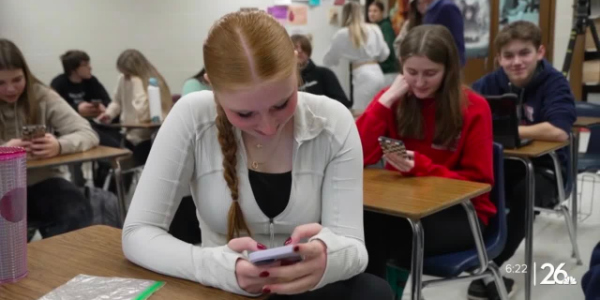
High school class gets a lesson in fact-checking
A local TV journalist helps Appleton, Wisconsin, high school students understand the importance of fact-checking in a world swamped by misinformation.
WATCH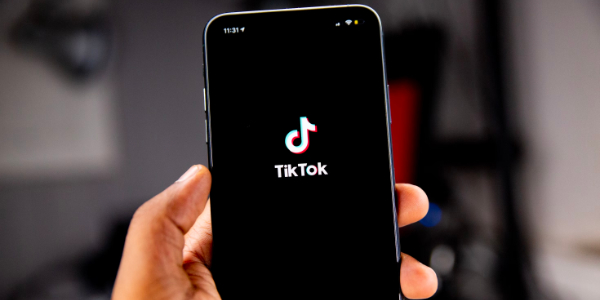
Young people are increasingly getting their news online
Nearly 50% of young people don't trust national media, according to a poll by the Pew Research Center.
WATCH